As the days grow shorter and the nights longer, runners who prefer hitting the pavement after sunset face increased risks on poorly lit roads. The concept of nighttime running visibility has evolved from simple reflective strips to sophisticated high-tech gear, creating an entire industry focused on keeping athletes safe in low-light conditions. What began as a practical safety measure has transformed into both a fashion statement and technological arms race among sportswear manufacturers.
The science behind retroreflection—the optical phenomenon that makes materials appear to glow when light hits them—has become increasingly sophisticated. Modern running gear utilizes microscopic glass beads or prismatic surfaces that return light directly to its source, making runners visible from astonishing distances. This technology differs markedly from basic reflectivity; whereas traditional reflective materials scatter light in various directions, retroreflective fabrics bounce illumination straight back toward drivers' eyes, creating that unmistakable "glow" that alerts motorists to a runner's presence.
Urban runners face particular challenges that their rural counterparts might not consider. The constant ambient light from streetlamps, neon signs, and vehicle headlights creates visual noise that can camouflage a runner's reflective elements. Sportswear companies have responded by developing "adaptive reflectivity" systems—materials that maintain high visibility whether in complete darkness or amidst urban light pollution. Some jackets now feature photochromic elements that adjust their reflectivity based on surrounding light levels, much like transition lenses in eyeglasses.
Footwear manufacturers have entered the visibility arms race with innovative solutions. The traditional approach of slapping some reflective tape on the heel seems almost quaint compared to current offerings. Today's running shoes might incorporate electroluminescent wiring that pulses with each footfall or side panels containing hundreds of microscopic reflectors arranged in patterns that create motion parallax—giving drivers better depth perception of the runner's location and speed. The psychological impact shouldn't be underestimated; a study by the Road Safety Foundation found that drivers perceive illuminated moving runners as more "human" than static reflectors, triggering more cautious driving behavior.
Beyond clothing and shoes, accessory makers have developed an array of visibility-enhancing gadgets. LED armbands have evolved from bulky single-purpose items to sleek multi-function devices that track biometrics while providing 360-degree illumination. Some models now sync with smartphones to flash warning patterns when they detect approaching vehicles via audio sensors. Reflective gear isn't just for the runner's benefit—it creates a shared language of visibility that helps all nighttime road users coexist more safely.
The cultural shift toward nighttime running safety has been remarkable. Major marathons now require reflective elements on all participant gear for evening events. Running clubs organize "glow runs" where visibility is celebrated rather than treated as an afterthought. This normalization of high-visibility running gear has likely saved countless lives; traffic safety organizations report declining incidents between vehicles and properly equipped nighttime runners in cities with strong awareness campaigns.
Looking ahead, the integration of smart technology with reflective materials promises to revolutionize nighttime running safety further. Experimental fabrics can now display dynamic patterns or change reflectivity in response to biometric sensors. Some prototypes can even project laser warning symbols onto the pavement behind the runner. As these technologies trickle down from military and first responder applications to consumer gear, the line between passive reflection and active illumination continues to blur. The future of nighttime running visibility appears bright—in every sense of the word.
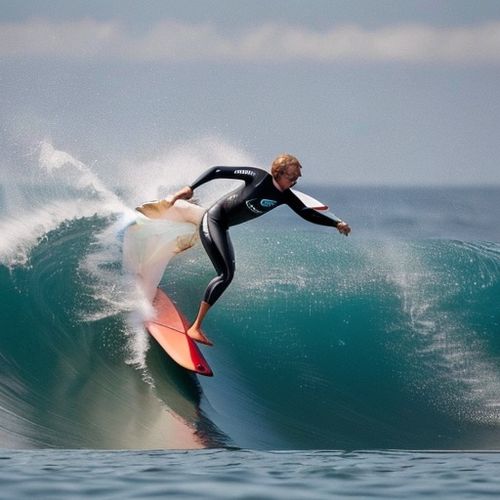
By Eric Ward/May 8, 2025
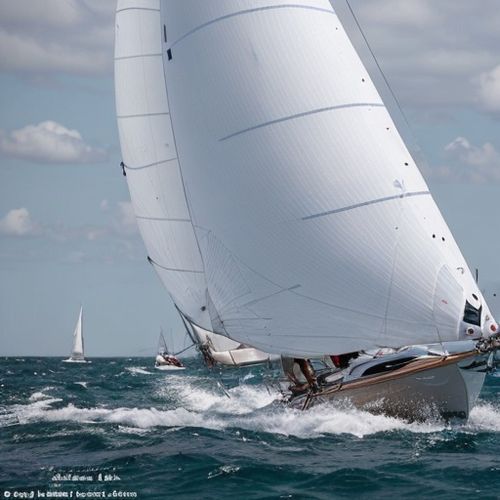
By Lily Simpson/May 8, 2025
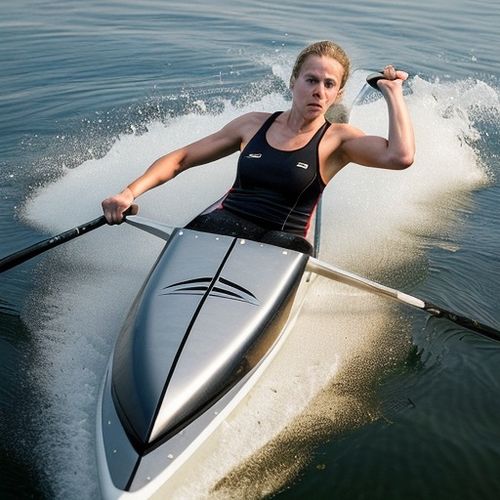
By Jessica Lee/May 8, 2025
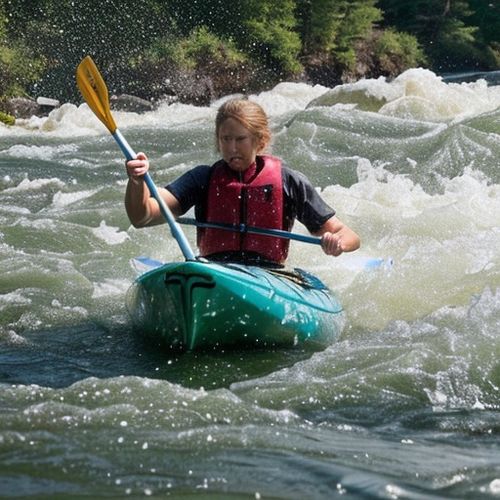
By Grace Cox/May 8, 2025
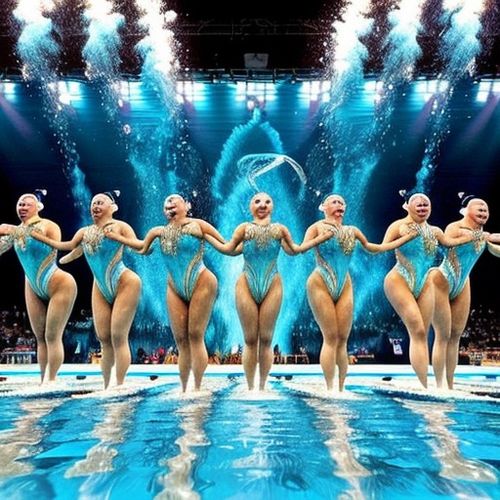
By Emily Johnson/May 8, 2025
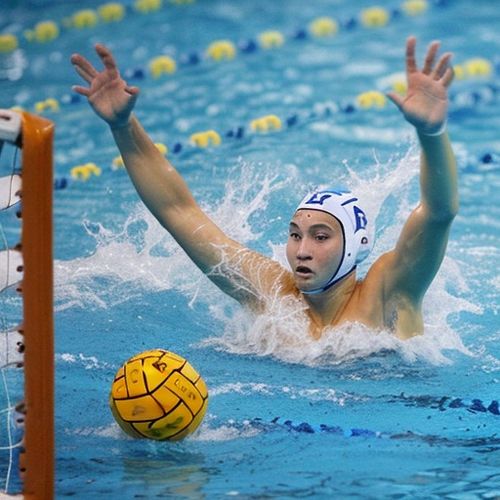
By Rebecca Stewart/May 8, 2025
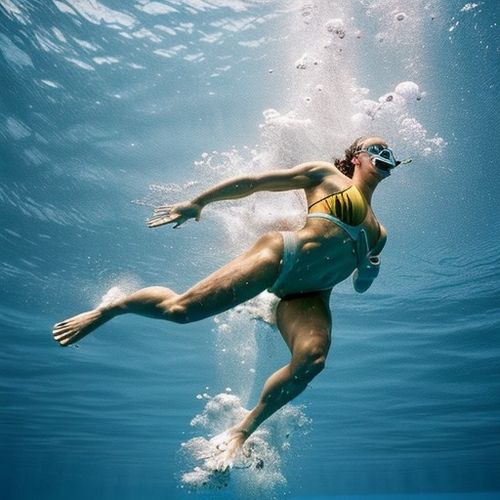
By George Bailey/May 8, 2025
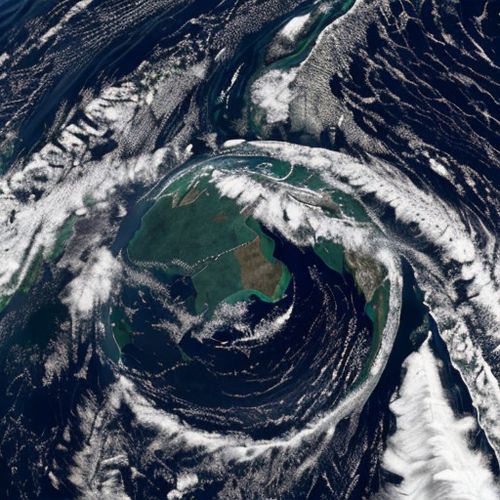
By Sophia Lewis/May 8, 2025
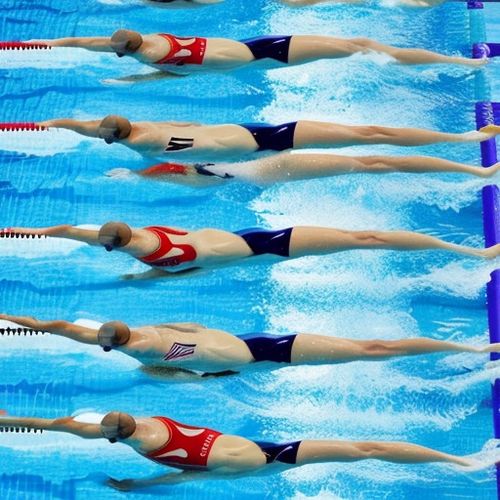
By George Bailey/May 8, 2025
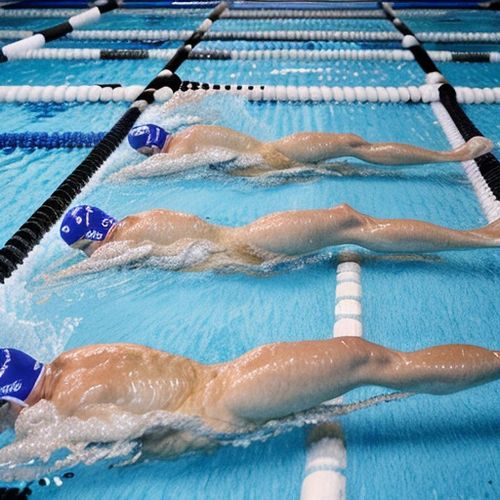
By Eric Ward/May 8, 2025
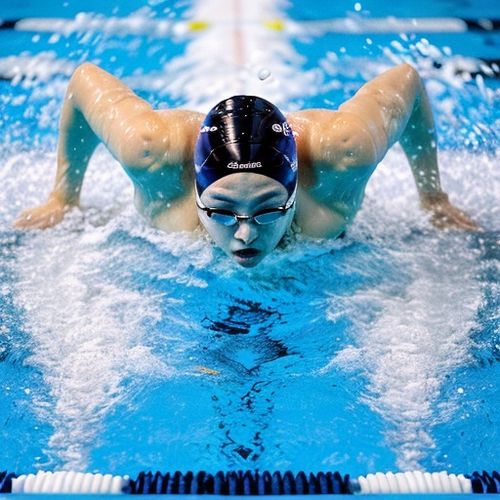
By James Moore/May 8, 2025

By Thomas Roberts/May 8, 2025
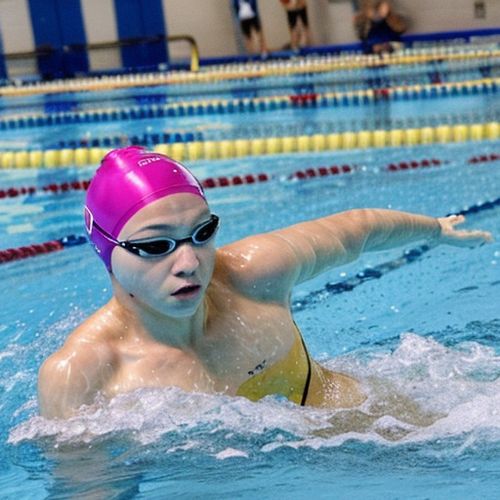
By Victoria Gonzalez/May 8, 2025
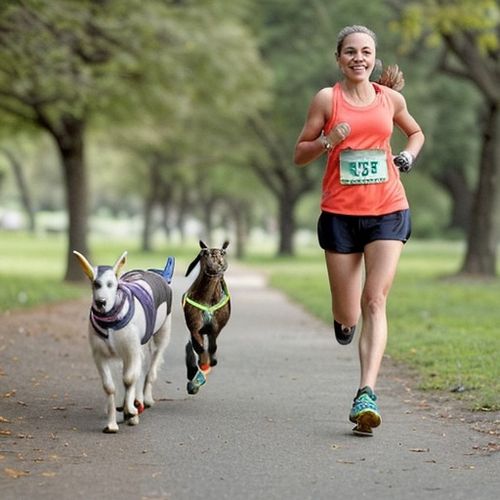
By Samuel Cooper/May 8, 2025

By David Anderson/May 8, 2025
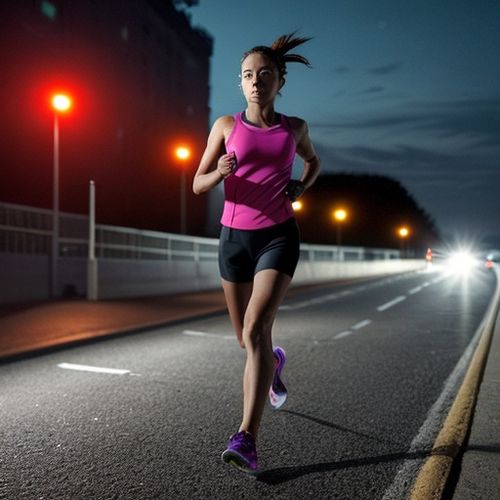
By Joshua Howard/May 8, 2025
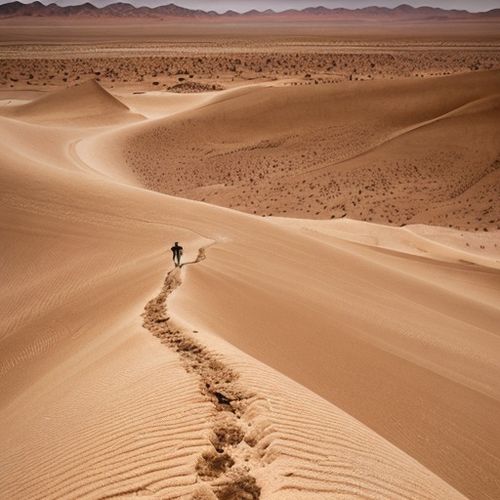
By Michael Brown/May 8, 2025
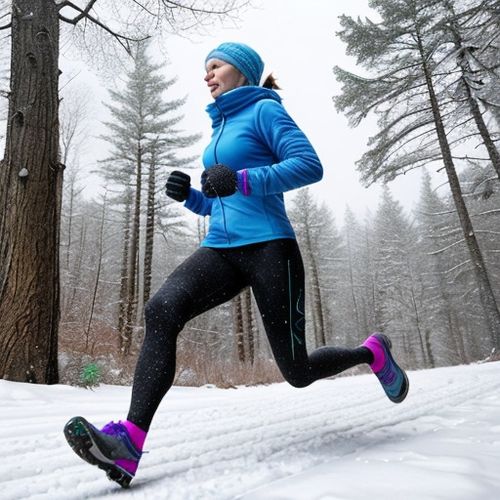
By Elizabeth Taylor/May 8, 2025
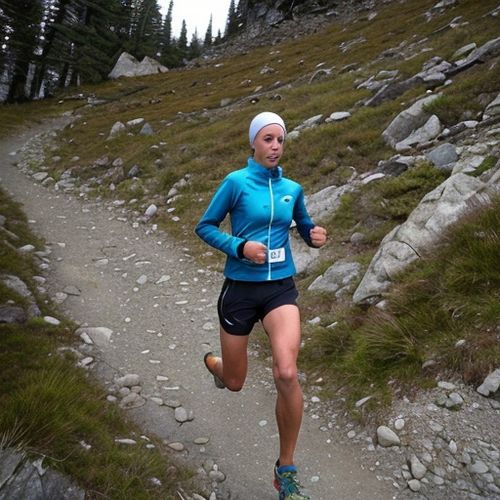
By Benjamin Evans/May 8, 2025
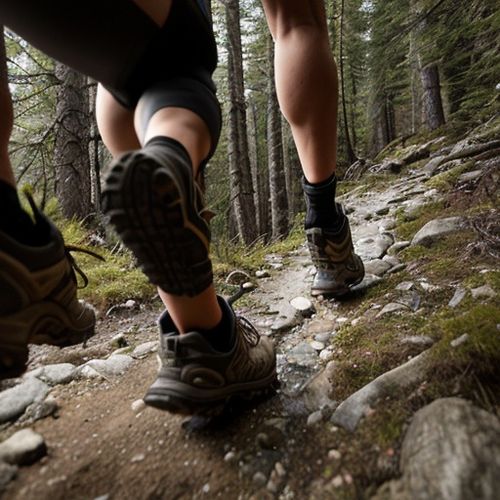
By Noah Bell/May 8, 2025